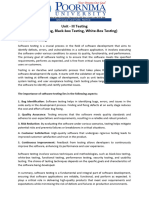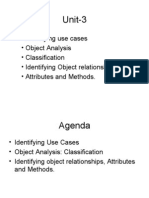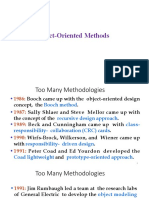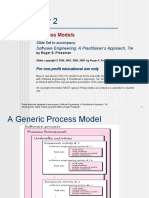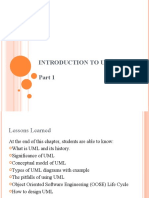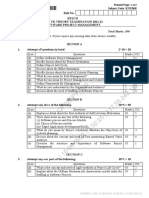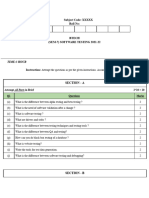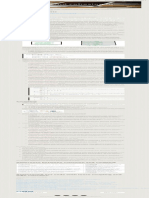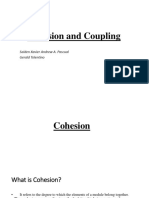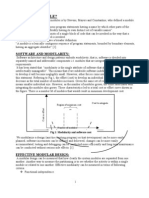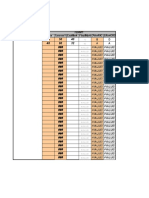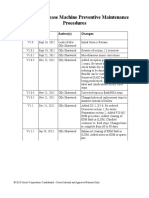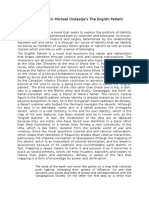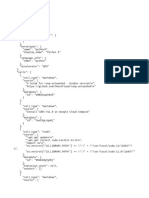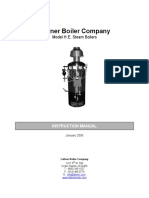0% found this document useful (0 votes)
313 views7 pagesCohesion With Example
The document discusses different types of cohesion in software modules from worst to best. Coincidental cohesion refers to modules with arbitrarily grouped parts that have no logical relationship. Functional cohesion refers to modules where all parts contribute to a single well-defined task. High cohesion is desirable as it increases code readability, reusability and manageability while reducing complexity.
Uploaded by
NITIN SHUKLACopyright
© © All Rights Reserved
We take content rights seriously. If you suspect this is your content, claim it here.
Available Formats
Download as DOCX, PDF, TXT or read online on Scribd
0% found this document useful (0 votes)
313 views7 pagesCohesion With Example
The document discusses different types of cohesion in software modules from worst to best. Coincidental cohesion refers to modules with arbitrarily grouped parts that have no logical relationship. Functional cohesion refers to modules where all parts contribute to a single well-defined task. High cohesion is desirable as it increases code readability, reusability and manageability while reducing complexity.
Uploaded by
NITIN SHUKLACopyright
© © All Rights Reserved
We take content rights seriously. If you suspect this is your content, claim it here.
Available Formats
Download as DOCX, PDF, TXT or read online on Scribd
/ 7



